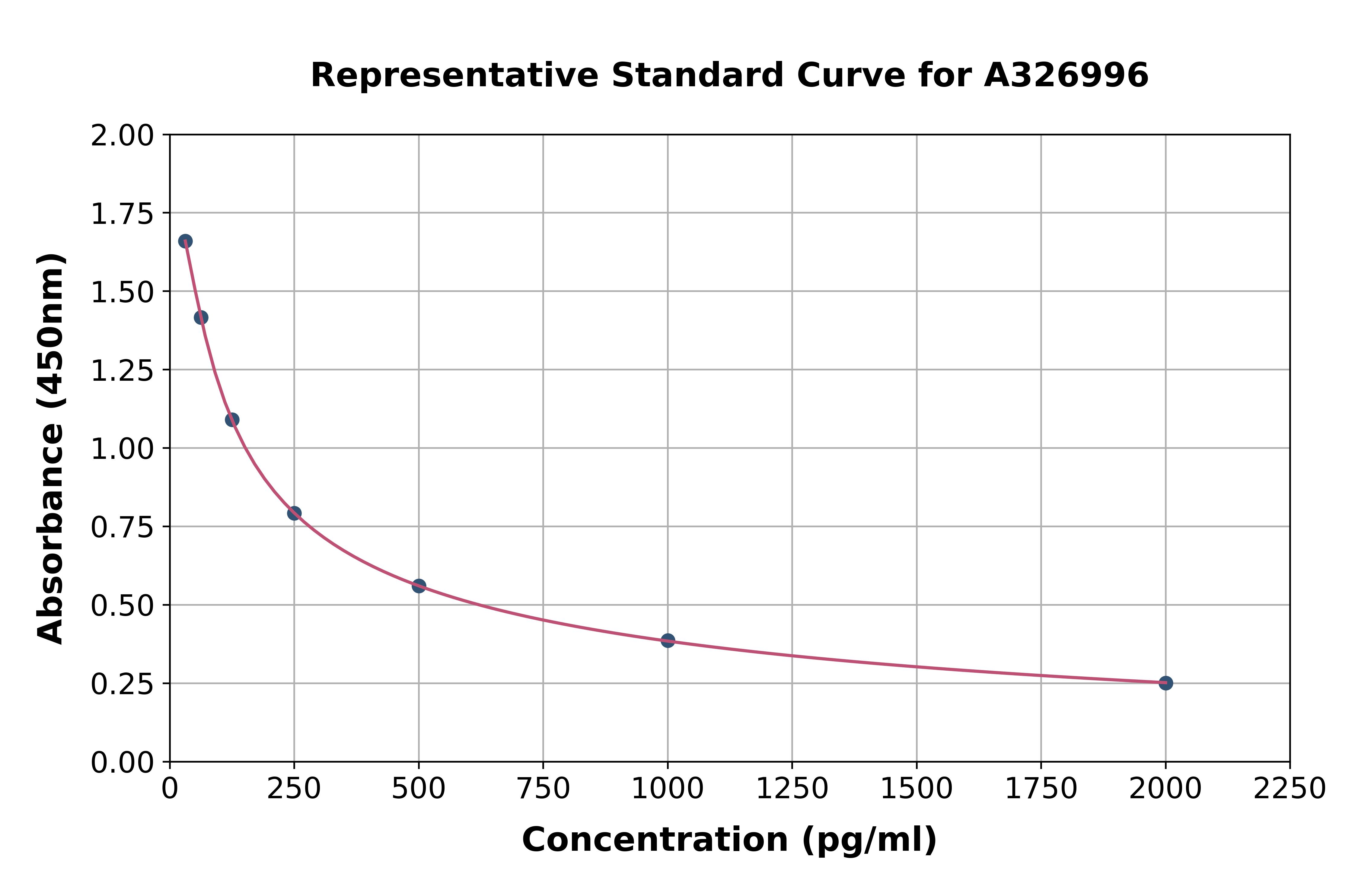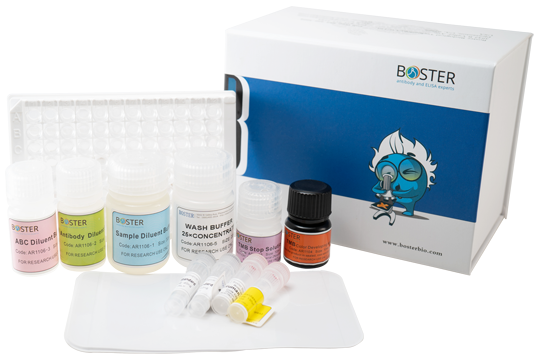Testosterone ELISA Kit
ARG80867
Product group Assays
Overview
- SupplierArigo Biolaboratories
- Product NameTestosterone ELISA Kit
- Delivery Days Customer23
- ApplicationsELISA
- Assay Sensitivity2.2 pg/ml
- Assay Time60 min (shaking), 30 min
- CertificationResearch Use Only
- Scientific DescriptionMeasurement of testosterone is used in the diagnosis and treatment of disorders involving the male sex hormones (androgens), including primary and secondary hypogonadism, delayed or precocious puberty, impotence in males and in females hirsutism (excessive hair) and virilization (masculinization) due to tumors, polycystic ovaries, and adrenogenital syndromes. At present, the majority of steroid hormone determinations are conducted from serum samples, even if results in the low or very low concentration range are expected, for example, in elderly patients. This is a real challenge for any diagnostic laboratory as shown by Taieb et al in 2003 and others. Recently there has been an official position statement of the Endocrine Society stating that reliable Testosterone measurements in serum either need an extraction step or have to be done by chromatographic methods like Tandem MS or GCMS. There now is sufficient evidence that the commercial Testosterone assays are unable to quantify low concentrations in a reliable way. Another major problem associated with the measurement of free hormone levels from serum is the episodic secretion pattern of steroid hormones. Even in 1973 it could be shown that steroid secretion shows a significant episodic pattern. Nevertheless, the majority of the determinations are still made from just one serum sample, resulting in non-reproducible values due to the biological variation. In general, serum measurements can only give the total steroid hormone concentration, whereas saliva testing results in the measurement of the free active hormone fraction. So far, all attempts for a direct quantification of free Testosterone in serum or plasma samples by commercial immunoassays have failed. Taking into consideration the above mentioned drawbacks of the current analytical procedures, salivary testing seems to be a reliable alternative. It has been shown in the literature that the measurement of free salivary Testosterone gives clinically valid results even in the low concentration range. In salivary testing it is easy to compensate for the episodic secretion pattern provided multiple sampling is done (preferably 5 samples within 2 hours). The measurement of free Testosterone is done with a mixture of these 5 samples. In contrast to this, measurements from just one single saliva sample always will give arbitrary results (like in serum).
- Storage Instruction2°C to 8°C
- UNSPSC41116133




